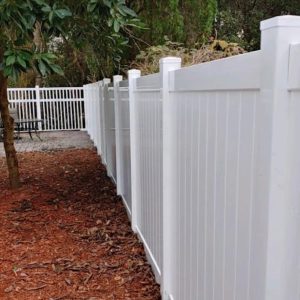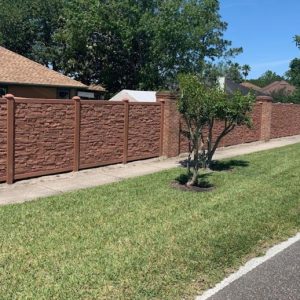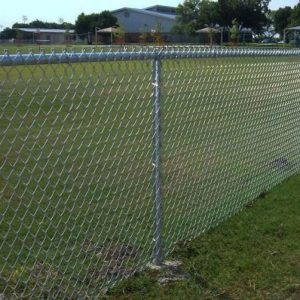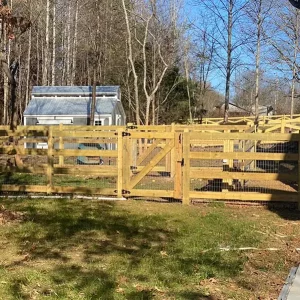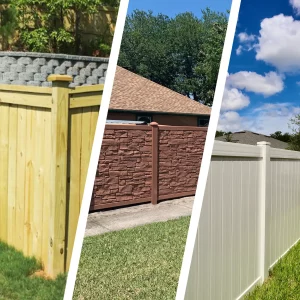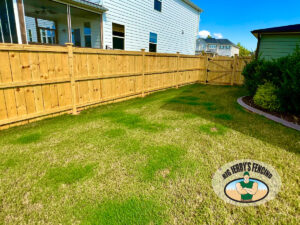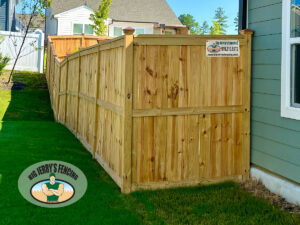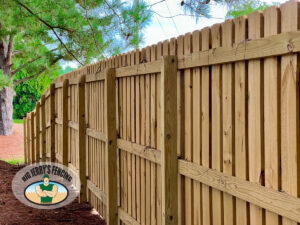Building a fence can be a dream, but rules can be a maze! Don’t worry, this guide helps you navigate the ideal maximum fence height in the US, so your dream fence stays durable & lookin’ good!
First things first, in the U.S., it’s all about your local laws. City slickers or country charmers, zoning and building codes call the shots. This article is intended solely for fence durability informational purposes. The maximum height permitted may vary according to the local laws of your state or city. From buzzing downtown streets to tranquil rural lanes, fence height regulations can vary dramatically.
Moreover, front yards are all about creating a welcoming vibe, so their fences tend to stay shorter (3-4 feet), keeping the neighborhood feel friendly. But in the backyard, privacy reigns supreme! Taller fences (6-8 feet) let you create your own personal oasis, shielded from prying eyes.
The intended use of your fence also plays a pivotal role in determining its height. That fence better be tall enough to keep everyone safe! But if it’s just for some chill vibes and pretty flowers, shorter might be sweeter.
Like, in the city, keeping things friendly with neighbors might mean shorter fences. But out in the countryside, where space is endless, go for taller if you want your own private paradise.
Moreover, Homeowners’ Associations (HOAs) and regulations in historical districts can also impact your fence height decisions. These organizations often have specific guidelines to maintain a certain look and feel in the community, which can sometimes be more restrictive than the local laws. The local regulations governing the maximum height for fence installation in Raleigh may differ from those in Tampa. Similarly, the rules regarding maximum fence height in Pittsburgh may vary from those in Boise.
Another important consideration is the impact of your fence on safety and visibility. Imagine a fence so tall it blocks your neighbor’s friendly wave or makes cars do a blind turn. While taller fences offer privacy, safety and visibility also matter.
At corners or intersections, consider keeping it lower to avoid creating blind spots for drivers and pedestrians.
Occasionally, state or city regulations might add another layer of rules to your fence planning. These can override or complement local regulations, so it’s always a good idea to check these as well.
Lastly, the perfect fence is more than just picking the right wood or style; it’s about getting savvy with the rules and friendly with your neighbors. Make your first stop at the local building department to get the lowdown on what’s allowed.
If you’re in an HOA neighborhood, a quick look at their guidelines is the key. And don’t overlook the wisdom next door – a chat over the garden fence with your neighbors can offer priceless insights.



